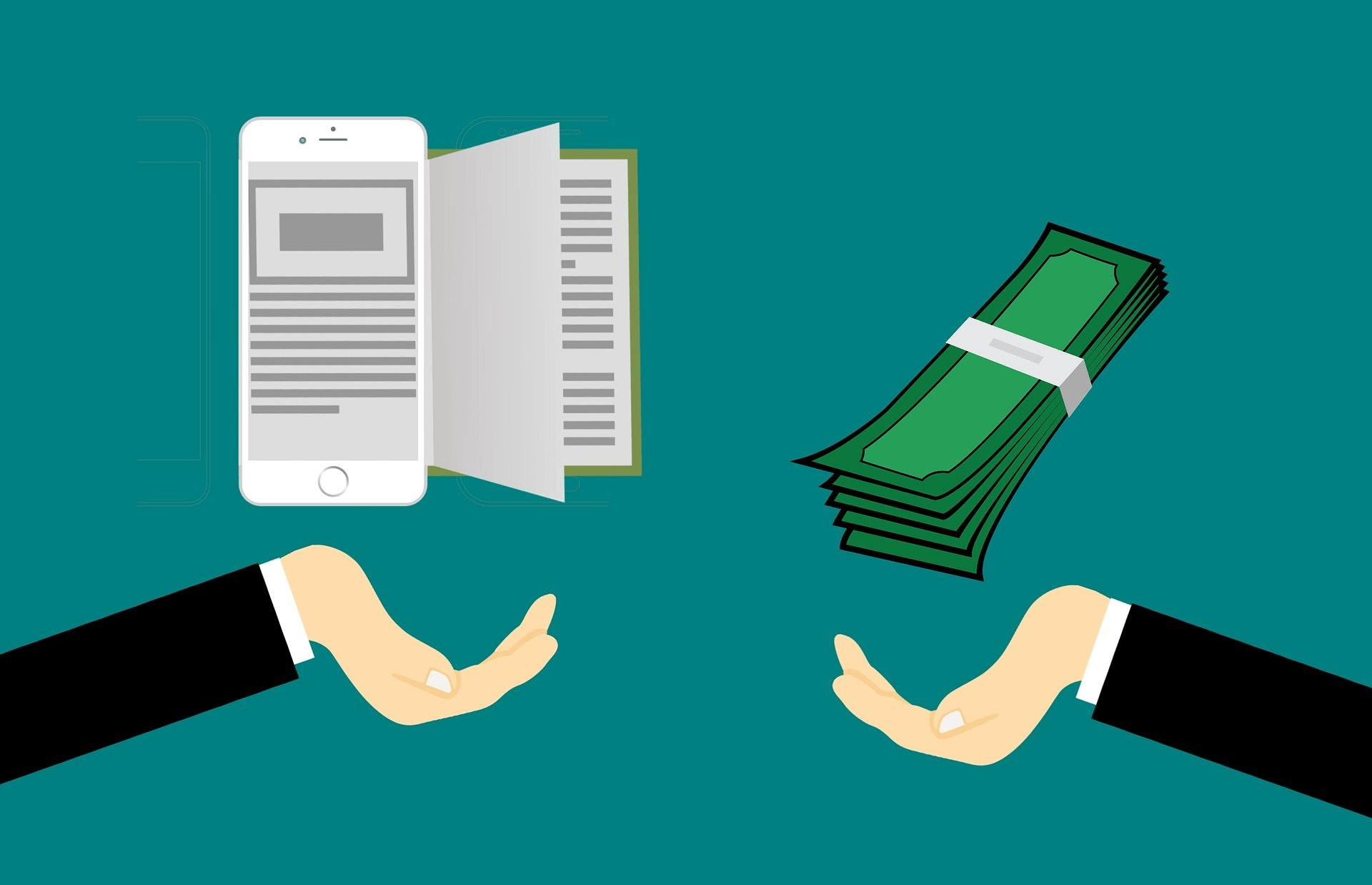Compounding interest is a powerful financial concept often called the “eighth wonder of the world.” It’s a method where the interest earned on an investment is added to the original principal, and then future interest is calculated on this new, larger total. This “interest on interest” effect creates exponential growth over time, making it one of the most effective tools for building long-term wealth.
I. Understanding the Mechanics of Compounding
To truly grasp the power of compounding, it’s essential to understand how it differs from simple interest and the key factors that influence its growth. This foundational knowledge is crucial for anyone looking to make their money work for them.
1. The Difference Between Simple and Compound Interest
Simple interest is calculated only on the initial principal amount. The interest earned each period remains the same. For example, a $1,000 investment at a 5% simple annual interest rate will earn exactly $50 every year. The principal never changes, so the growth is linear. In contrast, compound interest is calculated on both the original principal and the accumulated interest from previous periods. This reinvestment of earnings is what creates the “snowball effect” that accelerates wealth growth. For example, with a 5% compound annual interest rate, the $50 earned in the first year is added to the principal, making the new total $1,050. In the second year, the interest is calculated on $1,050, resulting in $52.50 of interest. This continuous cycle of earning interest on your interest is the secret to creating significant wealth over the long term.
The compounding interest formula, , perfectly illustrates this concept. In this formula, A is the final amount, P is the principal, r is the annual interest rate, n is the number of times interest is compounded per year, and t is the number of years. This formula demonstrates how time and the compounding frequency are crucial, as they are part of the exponent, which is why the growth is exponential rather than linear. Understanding this formula gives you a clear picture of how each variable contributes to your financial growth and why compounding is a far superior method for wealth accumulation than simple interest.
2. The Key Factors That Drive Compounding Power
The power of compounding is not uniform; it’s amplified by several key factors. Time is arguably the most critical. The longer your money is invested, the more time it has to compound, leading to a much larger final sum. This is why financial experts emphasize starting to invest as early as possible. For instance, an individual who begins investing a modest sum in their 20s will likely have a larger retirement fund than someone who starts investing a much larger sum in their 40s. The extra decades of compounding allow the early investor’s money to grow at an exponential rate.
The interest rate itself is another crucial factor. A higher rate of return will cause your investment to double faster. A simple way to visualize this is with the “Rule of 72,” where you divide 72 by the annual interest rate to estimate the number of years it will take for your investment to double. For example, a 10% annual return will double your money in approximately 7.2 years, while a 5% return will take over 14 years. This shows why seeking out higher-yielding, yet sustainable, investments is a key part of a compounding strategy. Lastly, the frequency of compounding matters. Interest can be compounded annually, quarterly, or even daily. The more frequently the interest is added to your principal, the faster your money will grow, as the new, larger principal begins to earn interest sooner.
II. Practical Applications and Strategic Considerations
Compounding interest is a powerful tool for building wealth, but it’s not without its strategic considerations. By applying it correctly to your financial plan, you can set yourself up for long-term success. It’s also important to be aware of how this same principle can work against you in the form of debt.
1. Leveraging Compounding for Wealth Building
The most effective application of compounding is in long-term financial goals, such as retirement savings. By consistently contributing to retirement accounts like a 401(k) or IRA, your money can grow exponentially over decades. For example, a person who invests $300 a month at a 7% annual return can accumulate over a million dollars by retirement, with most of that growth coming from compounding interest rather than their initial contributions. This strategy also applies to other long-term goals like saving for a child’s college education or a down payment on a house. The key is to be consistent with your contributions and to start as early as possible.
Beyond just saving, compounding is a core principle of active investing. For example, many investors choose to automatically reinvest dividends earned from stocks and mutual funds. This means that instead of receiving cash, the dividends are used to buy more shares, which in turn earn more dividends, creating a self-sustaining cycle of growth. This simple act of reinvesting earnings supercharges the compounding process, allowing your investment portfolio to grow faster than it would if you were to simply hold onto the cash dividends. This strategy is particularly effective for investors with a long-term horizon, as it fully leverages the power of time and consistency.
2. Avoiding the Pitfalls of Compounding in Reverse
While compounding can be a powerful force for building wealth, it can also be a devastating force for accumulating debt. The very same mechanism that helps your savings grow can cause your debt to balloon out of control. The most dangerous example of this is high-interest credit card debt. If you only make the minimum payment each month, the interest compounds on the remaining balance, causing your debt to grow exponentially. This creates a vicious cycle where your balance continues to increase, despite your regular payments. The interest rate on credit cards is often very high, meaning this reverse compounding effect can be incredibly fast and difficult to escape.
To avoid this pitfall, it is crucial to understand that not all debt is created equal. While low-interest loans like a mortgage can be manageable, high-interest debt should be your number one financial priority to pay off. Focus on making more than the minimum payment, or consolidate your debt into a single, lower-interest loan. This strategy effectively cuts off the compounding effect of the interest, allowing you to pay down the principal more quickly. By understanding and respecting the power of compounding in both its positive and negative forms, you can make smarter financial decisions that protect your assets and accelerate your journey toward financial freedom.
Conclusion
Compounding interest is far more than a simple financial term; it’s a fundamental principle for building wealth. By understanding and applying its mechanics, you can transform your financial future. Remember, the key to its power lies in three critical factors: time, interest rate, and consistency. Starting early, choosing high-yield investment options, and making regular contributions are the cornerstones of a successful compounding strategy.
While it can be a powerful force for growth, it’s equally important to respect its power in reverse. Managing high-interest debt is crucial to prevent it from compounding against you. By making smart financial decisions and letting time work for you, you can turn a small, consistent effort into a significant fortune, securing a prosperous and financially free future.













